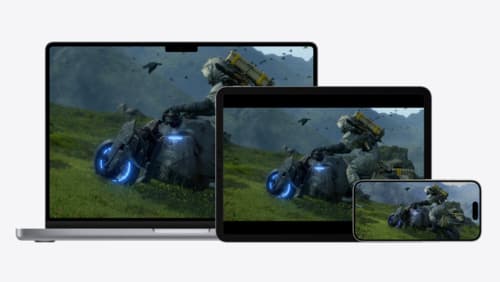What shall I use if I have thousands of elements to draw and animate?
Asked on 2024-08-03
1 search
If you have thousands of elements to draw and animate, you should consider using the new vectorized plot API in Swift Charts. This API is designed to handle larger collections of data more efficiently by allowing you to style an entire collection of data points homogeneously. This approach reduces the number of style alternations and avoids other computations during rendering, making it more performant for large datasets.
For more details, you can refer to the session Swift Charts: Vectorized and function plots at the timestamp 11:29.
Relevant Sessions

Build immersive web experiences with WebXR
Discover how WebXR empowers you to add fully immersive experiences to your website in visionOS. Find out how to build WebXR experiences that take full advantage of the input capabilities of visionOS, and learn how you can use Simulator to test WebXR experiences on macOS.

Optimize your 3D assets for spatial computing
Dive into an end-to-end workflow for optimized 3D asset creation. Discover best practices for optimizing meshes, materials, and textures in your digital content creation tool. Learn how to harness shader graph, baking, and material instances to enhance your 3D scene while optimizing performance. Take advantage of native tools to work more effectively with your assets and improve your app’s performance.

Port advanced games to Apple platforms
Discover how simple it can be to reach players on Apple platforms worldwide. We’ll show you how to evaluate your Windows executable on Apple silicon, start your game port with code samples, convert your shader code to Metal, and bring your game to Mac, iPhone, and iPad. Explore enhanced Metal tools that understand HLSL shaders to validate, debug, and profile your ported shaders on Metal.
